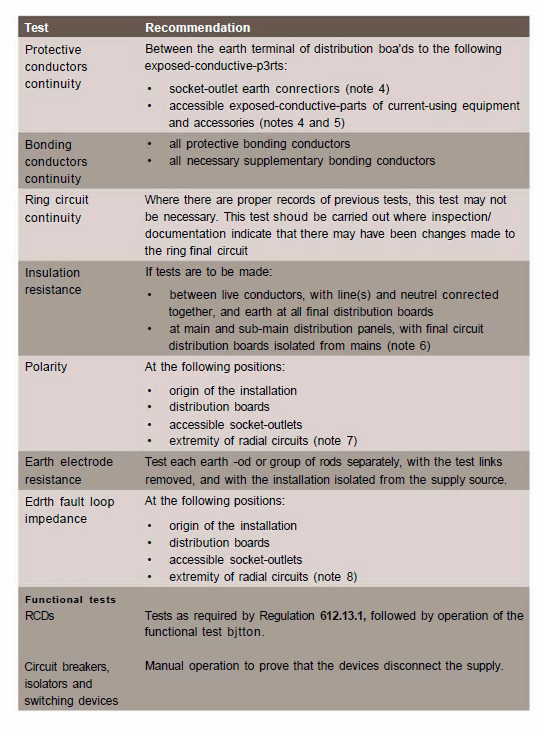If you had to test a whole installation that someone else have done, do you have a checklist of elements you shall be doing to see if everything is in the right place?
I'm like to write it down. Some elements I've been thinking on, I would like if you could write 1 or 2 I've missed, I will be updating the list to have a good and comprehensive list with all the best items that should be tested.
I just want to have a checklist for personal uses. If you think any other interesting or important test should be done, please comment.
I'm like to write it down. Some elements I've been thinking on, I would like if you could write 1 or 2 I've missed, I will be updating the list to have a good and comprehensive list with all the best items that should be tested.
- Continuity of protective and ponding conductors
- Continuity of ring final circuit
- Insulation resistance with a meg tester
- Polarity testing
- Earth electrode resistance
- Earth fault loop impedance
- RCD disconnection timing
- Phase rotation/sequence test
- Functional testing
- Voltage drop
- Thermal analysis with thermal camera
- Harmonic distortion with network tester
I just want to have a checklist for personal uses. If you think any other interesting or important test should be done, please comment.
Last edited:





